(NLDO) - A human species that became extinct 30,000-40,000 years ago may have left more traces of themselves in modern humans than we thought.
According to Sci-News , a new study led by Trinity College Dublin (Ireland) indicates that ancient Denisovans once lived all over the world : Asia, Europe, America, Oceania.
Of these, at least two separate populations of Denisovans flourished in Asia and left bloodlines in modern Asians.
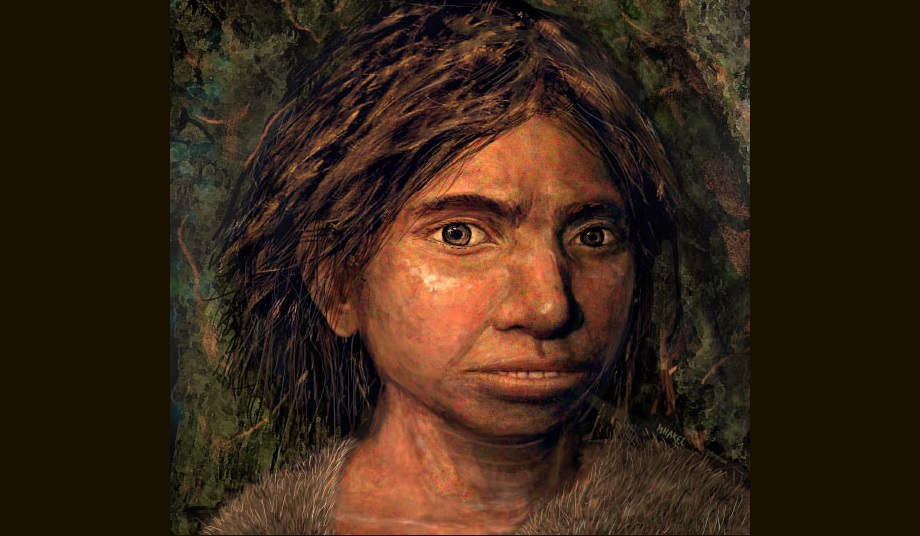
Portrait of a Denisovan woman based on skeletal records reconstructed from ancient DNA methylation maps - Photo: Maayan Harel
Denisovans were a species of the same genus Homo (Humans) as us, which became extinct about 30,000-40,000 years ago.
They were first identified thanks to the genetic sequencing of a finger bone fragment found in a Denisovans cave in the Altai Mountains of southern Siberia, Russia.
A common misconception is that humans evolved suddenly and neatly from a common ancestor, says co-lead author Dr Linda Ongaro.
But the more we learn, the more we realize that interbreeding between different hominin species did occur and contributed to the shape of who we are today.
Among them, the two ancient human species Neanderthals and Denisovans stand out as the two most common alien ancestors, leaving behind the most heterogeneous DNA in the bodies of modern Homo sapiens - that is, us.
However, remains related to Denisovans are much rarer than those of the other known ancestor. But analyses of modern human genomes suggest that traces of them are widespread.
The authors found evidence of at least three past events in which genes from separate Denisovan populations entered the genetic makeup of modern humans.
Of these, two occurred in Asia, created by two different populations of Denisovans.
This result is also consistent with sites related to this ancient human species that have been discovered in Southeast Asia as well as the Tibetan region of China.
The study, published in the journal Nature Genetics, also outlines how different DNA gives modern humans advantages in different environments.
Some genes may give us better tolerance to hypoxia than "purebred" Homo sapiens, while others give us better immune systems.
The Inuit population in the Arctic, on the other hand, inherited factors that help them metabolize lipids better in a way that helps their bodies keep warm in the cold.
According to the authors, further study of this ancient species could help us understand the value of the "inheritance assets" in our own bloodlines.
Understanding more about how these ancestors invaded modern human DNA or vice versa could also help us identify more fossils belonging to them, filling in gaps in our understanding of human evolution.
Source: https://nld.com.vn/dna-mot-loai-nguoi-khac-xam-chiem-nguoi-chau-a-den-2-lan-196241111100515924.htm




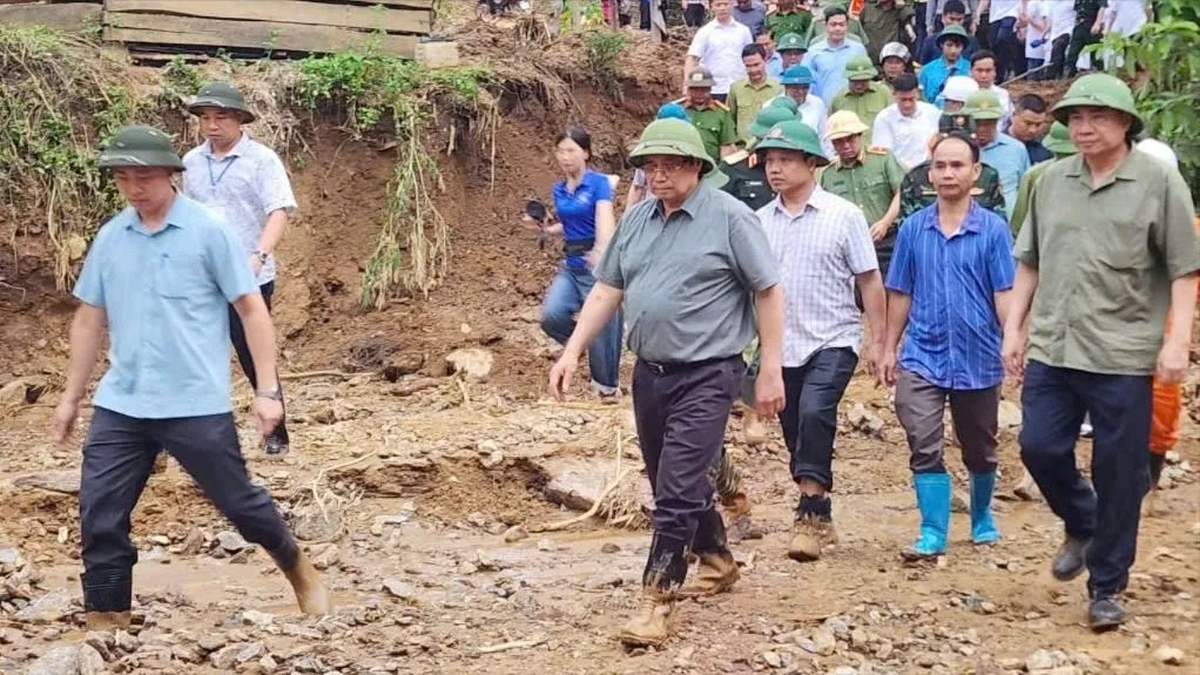
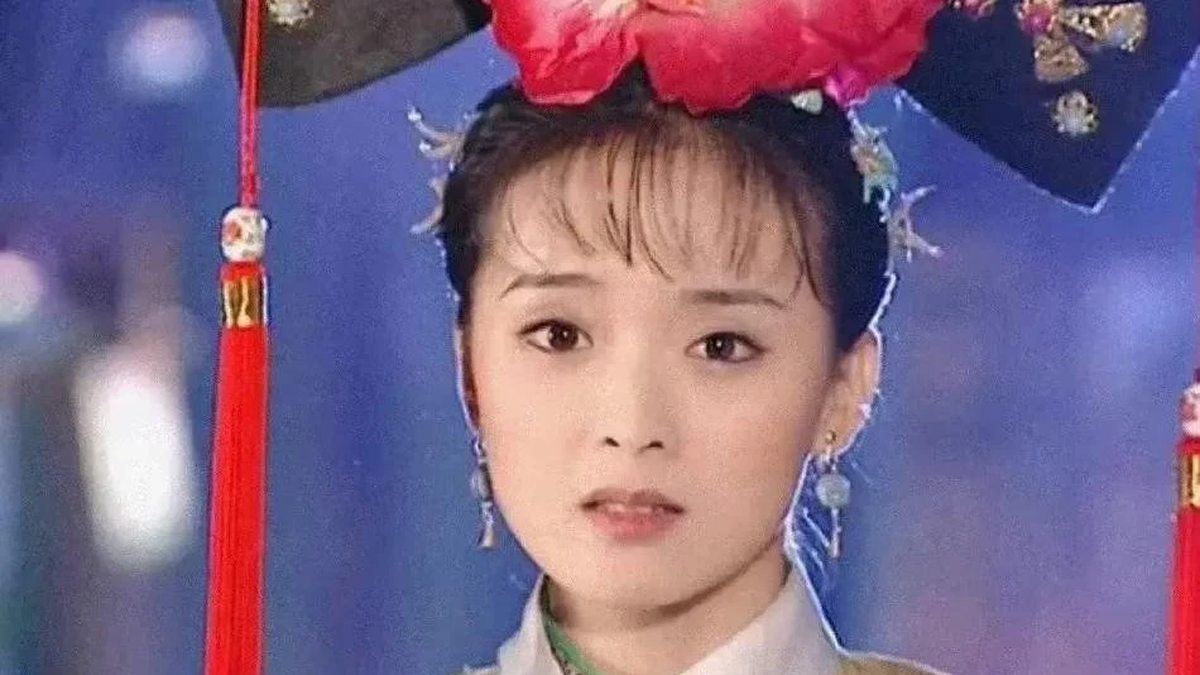

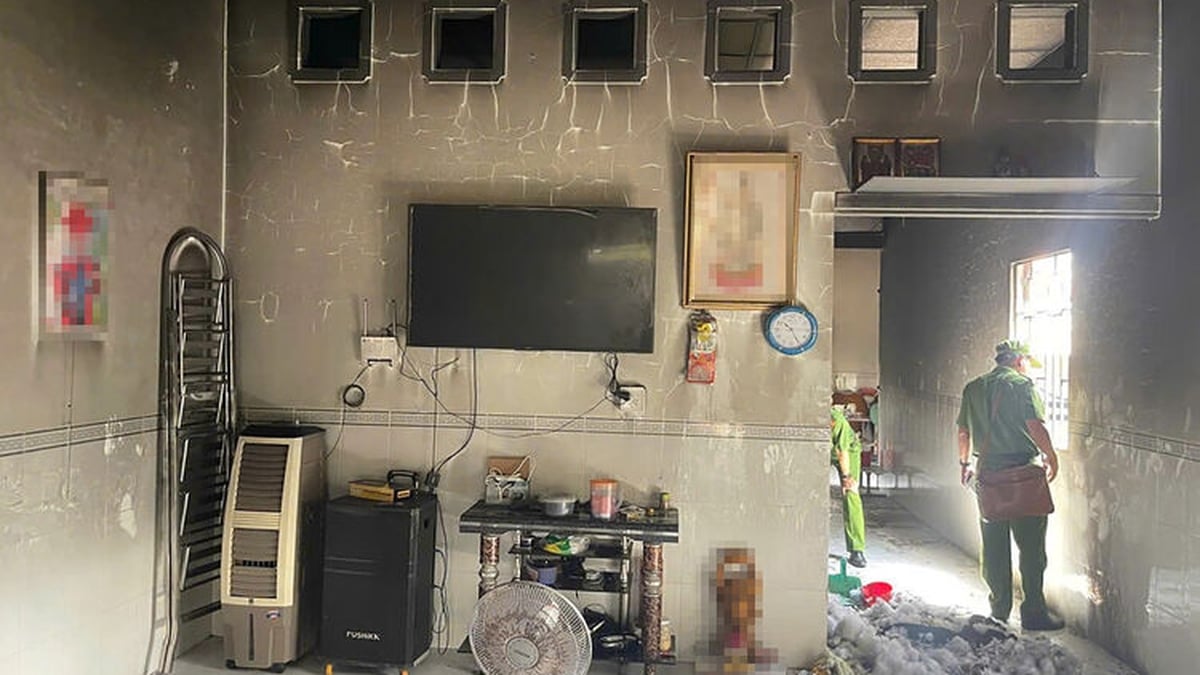

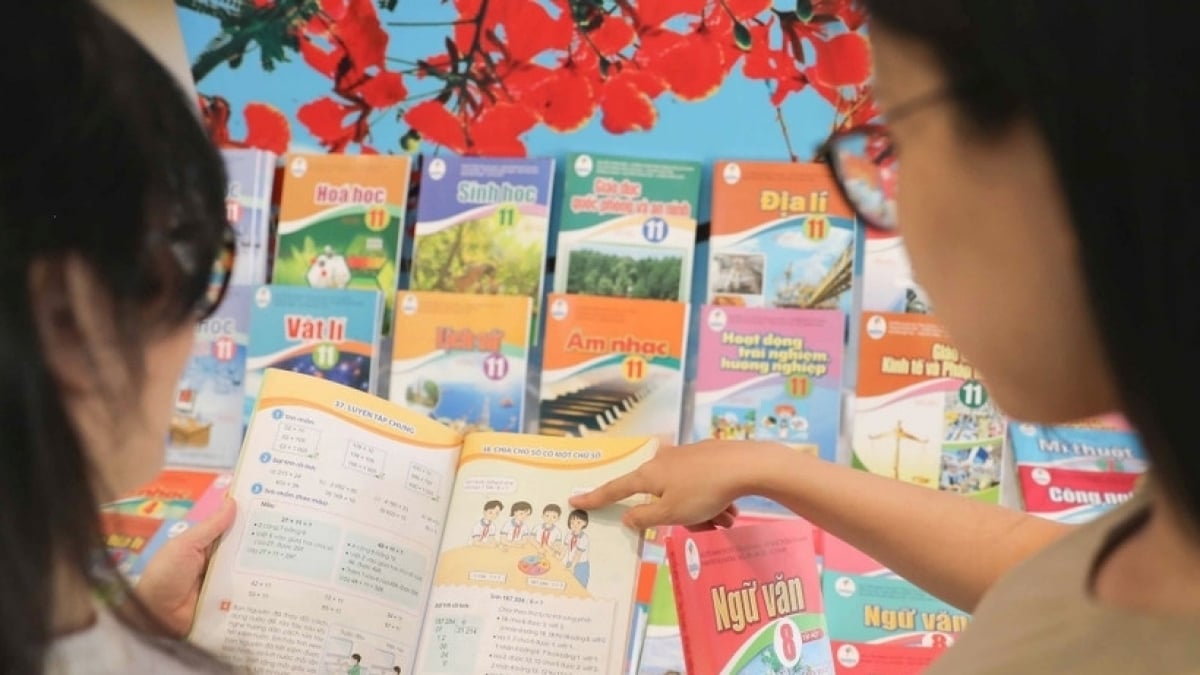

























































































Comment (0)